How to Get Clear Skin in 2025: Expert Guide to a Radiant Complexion
It’s important to know that more than 70% of adults still get breakouts after their teen years in 2025. Although skincare has improved a lot, having clear skin continues to be hard for millions of people globally.
A lot of people face breakouts and irritation even with modern skincare, largely because they aren’t using the right information or products. Because there are so many skincare products, it’s hard to tell what actually helps your skin.
In this guide, you will find out how to get ideal skin in 2025, including steps backed by science and updated treatments. No matter if your concern is acne, uneven skin, or a lustrous complexion, you’ll find helpful advice in this guide.
No matter if you are a teen, an adult, a man, a woman, or struggling with acne, rough skin, or uneven color, this article is designed to help you. It’s time to get into how science helps us achieve beautiful skin today.
Why Is Clear Skin Still a Challenge in 2025?
Skincare technology is at an all-time high, but still, clear skin can be extremely tough to get. The main culprit? Information overload. Given the extreme choice and influx of new trends, it’s not surprising that most people stick with products that haven’t given the expected results, leaving half-use bottles around.
Environmental factors have intensified as well. Today’s urban pollution is made up of very tiny particles that can get into the skin more easily. In the past five years, scientists have discovered that blue light from gadgets has a bigger effect on skin than we once thought. Our skin’s natural barrier is under more pressure today because of the more extreme weather caused by climate change.
And let’s not forget the constants: Hormones, stress, and genetics still play a key role in determining how our skin looks. Now, we’re under more pressure thanks to bombarded with edited pictures setting impossible standards.
Can you be sure that using so many skincare steps doesn’t wound your skin instead? Dermatologists today are now recommending less is more, because new studies point to the risks of over-exfoliation and harming your barrier.
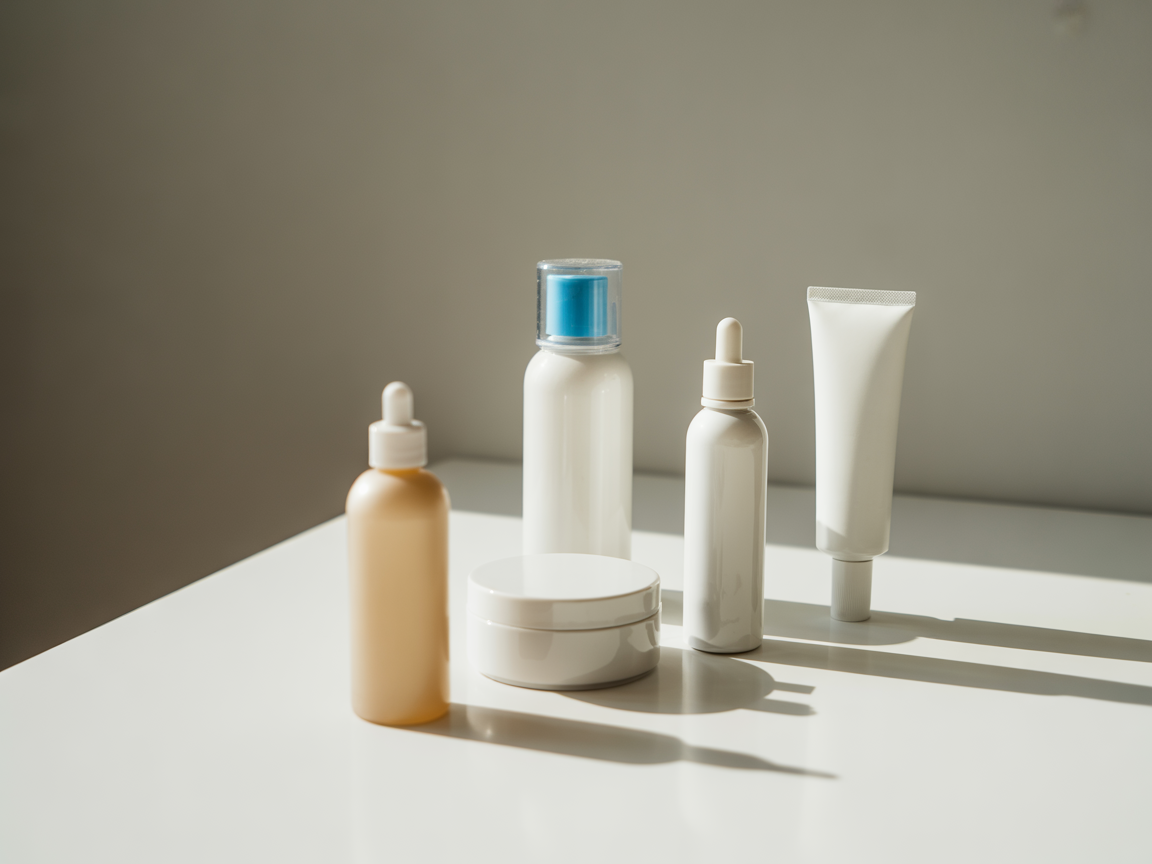
Top Causes of Skin Imperfections Today
Poor Skincare Habits
It turns out that in 2025, using too many products is a bigger problem than not using any at all. Excessive cleansing strips natural oils. Daily exfoliation damages your skin barrier. If your ingredients don’t go well together, the irritation can last for months before completely healing.
New studies show that simple, regular use of a few targeted products works best for your skin, not lots of products. Make sure to let your skin rest between applications of different active products for better recovery.
Hidden Diet Triggers
We now understand that food sensitivities have a bigger impact on skin than previously thought. Scientists in 2025 have discovered certain markers of inflammation in the skin that appear quickly after trigger foods are eaten.
High-glycemic foods cause insulin spikes that trigger oil production. The hormones in dairy products may throw off your body’s balance of hormones. Your skin cannot get the nutrients it needs for repair from eating only ultra-processed foods.
Hormones and Stress
Stress hormones such as cortisol are known to affect skin health by increasing inflammation and weakening the defense of your skin. When sleep is disturbed, it changes when your skin-healing hormones are released.
Changes in hormone levels during menstruation, pregnancy, and menopause still make it hard for anyone to follow a perfect skin routine. Scientists say that modern endocrine disruptors are making it harder than ever to keep hormones stable.
Skincare Product Overuse
More isn’t always better. Layering multiple active ingredients can create irritation and sensitivity. Results are unlikely when you switch products too much, because most ingredients need about 4-12 weeks to work.
Washing your face too often can break down the sensitive solution of good bacteria that helps protect your skin and keeps it healthy.
Step-by-Step Skincare Routine for Clear Skin in 2025
- Start with a gentle sulfate-free cleanser – Look for formulas with ceramides that clean without stripping. Cleanse once daily (evening) unless you have extremely oily skin or exercise heavily.
- Use a toner with niacinamide or green tea – Modern toners balance pH and deliver beneficial ingredients, not strip oil. Apply with hands, not cotton pads that waste product.
- Apply a treatment serum with salicylic acid or azelaic acid – Target specific concerns with concentrated ingredients. Use only as directed – more isn’t better with actives.
- Lock in hydration with a non-comedogenic moisturizer – Even oily skin needs hydration. New-generation moisturizers use adaptive technology to adjust hydration levels throughout the day.
- Finish with SPF 30+ (even indoors) – Blue light protection is now standard in advanced formulas. Modern mineral sunscreens have eliminated the white cast problem of previous generations.
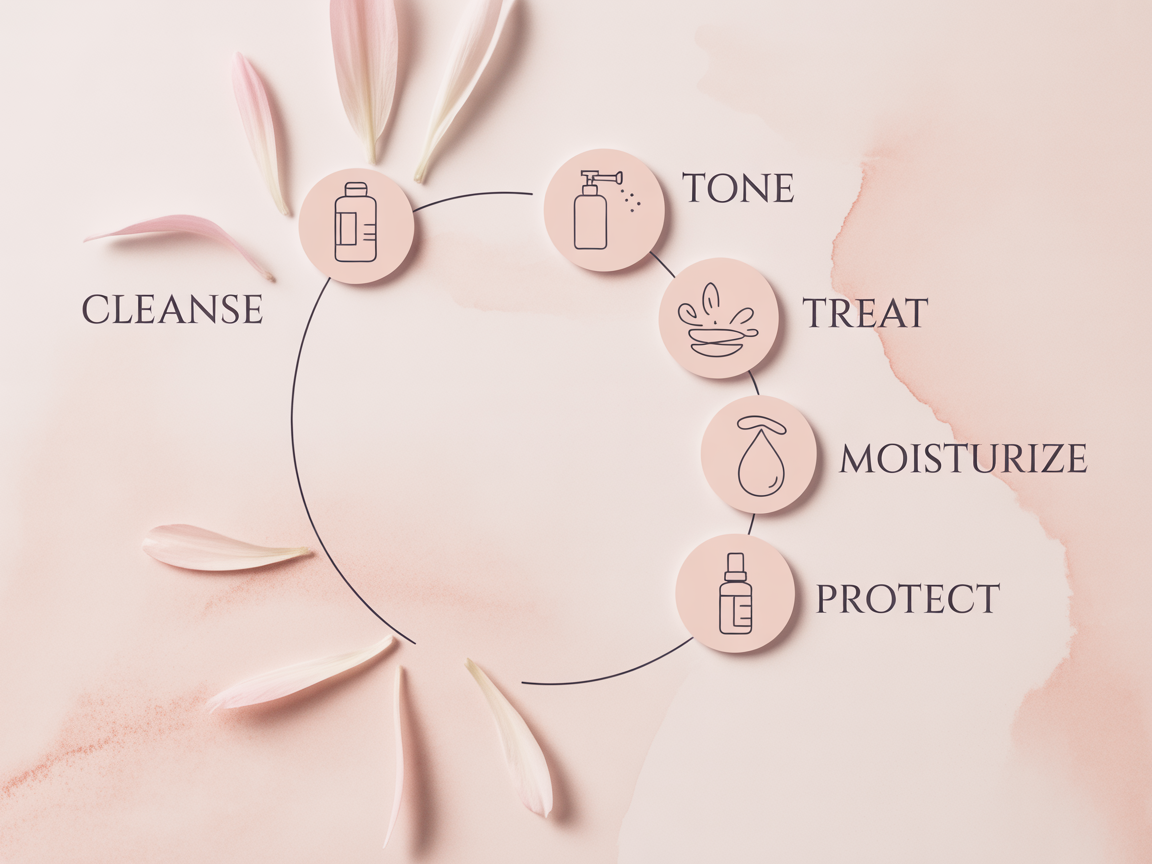
Lifestyle Habits That Support Clear Skin
- Drink at least 2 liters of water daily – Hydration starts from within. New research shows that consistent hydration improves skin barrier function by up to 30%.
- Sleep 7–8 hours consistently – Skin cell regeneration peaks between 11 PM and 4 AM. Inconsistent sleep patterns disrupt this cycle.
- Manage stress through mindfulness or exercise – Cortisol directly triggers inflammation and oil production. Even 10 minutes of daily meditation shows measurable improvement in skin clarity.
- Avoid dairy and processed sugar (if you’re acne-prone) – These are the top dietary triggers identified in 2025 research. A 30-day elimination trial can reveal your personal triggers.
- Wash pillowcases weekly – Bacteria and product buildup transfer to your skin during sleep. Silk pillowcases reduce friction that can cause irritation and wrinkles.
When was the last occasion you washed your phone or your makeup brushes? They are often forgotten, but these things can move bacteria to your face several times each day. Antimicrobial phone screens are more popular in 2025, however, they still need to be cleaned often.
Best Skincare Ingredients to Look For in 2025
Niacinamide
This medicine has kept its deserved position as one of the top skincare picks. It helps your skin produce less oil, calms redness, improves the barrier function, and evens out discoloration. A new delivery method lets niacinamide be released slowly, giving your skin benefits for the whole day in 2025.
Retinal (not Retinol)
Retinal, which is retinaldehyde, is a form of vitamin A that’s stronger than retinol but not as strong as tretinoin. This makes it faster for retinal to be converted into retinoic acid in the skin, so it is more effective in treating texture and lines.
Azelaic Acid
This powerhouse ingredient fights acne, rosacea, and hyperpigmentation simultaneously. Because of the newer microencapsulated formulas adopted in 2025, sensitive skin types can now use azelaic acid safely and see results.
Peptides and Ceramides
Scientists have found ways to improve these necessary ingredients for skin. Signaling peptides talk better to skin cells now, which leads to more collagen production and skin repair. Synthetic ceramides perfectly mimic your skin’s natural barrier components.
LED and Biotech-enhanced creams
The combination of tech and skincare gives us products that fit what your skin needs in real-time. Fermentation and lab technologies in biotech allow for powerful skincare that’s both sustainable and has little impact on the environment.
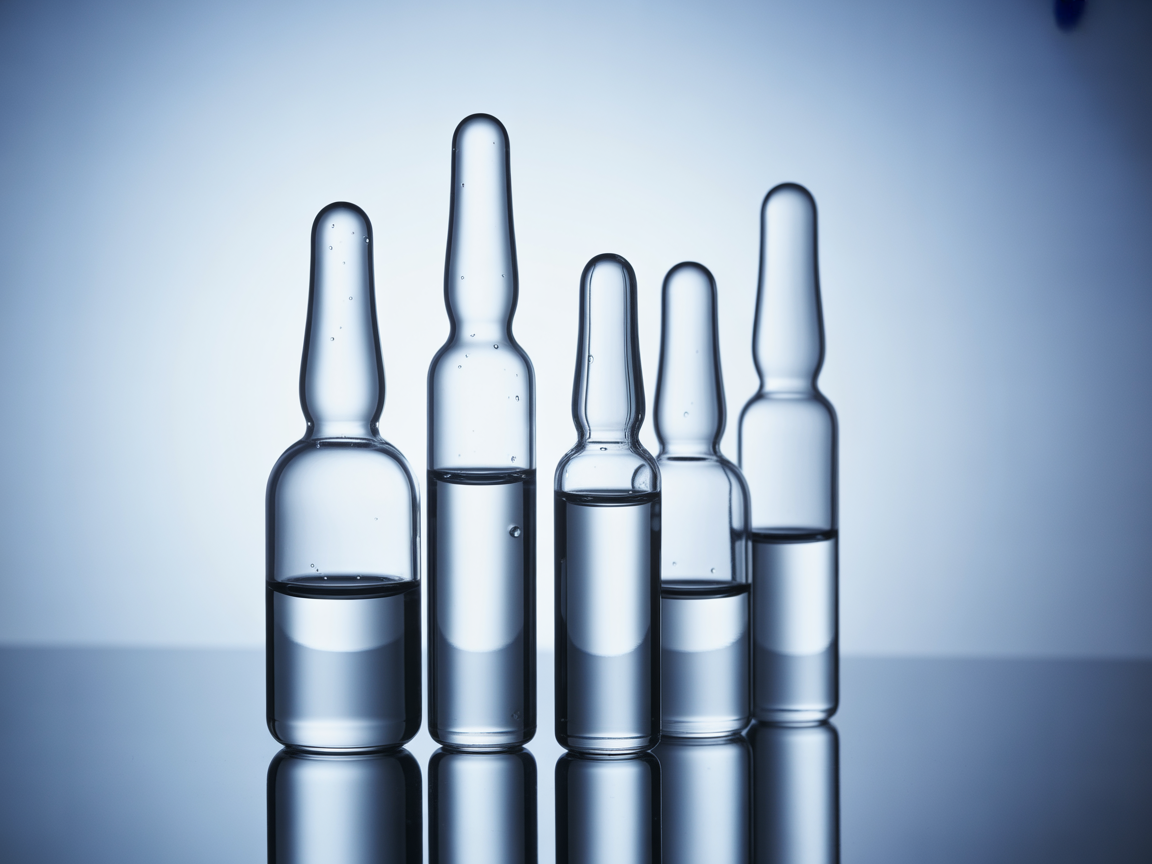
Professional Treatments Worth Trying This Year
LED Light Therapy
LED devices that used to be found just in medical offices can now be used at home to get similar results. The blue light fights the harmful bacteria that cause acne, the red light calms skin, and infrared promotes healing. The 2025 innovation will let you use personalized wavelengths according to your specific skin issues.
Chemical Peels (New-Gen AHA blends)
The latest chemical peels slowly release their acids, so they are gentler on the skin and work better. New peel formulations attack a variety of skin problems at the same time, and skin-soothing elements help stop the drying often linked to older peels.
Microneedling with Peptides
Microchannels are created by the treatment to help peptides get absorbed better while also boosting collagen production. Using this precision depth control means you get the results you want with little of the usual healing time and risk.
Clear Skin Laser Systems (FDA-approved)
People are getting better treatments with fewer laser sessions these days. The development of more accurate fractional lasers means practitioners can treat things like acne, scarring, and pigmentation with customized settings all over the face.
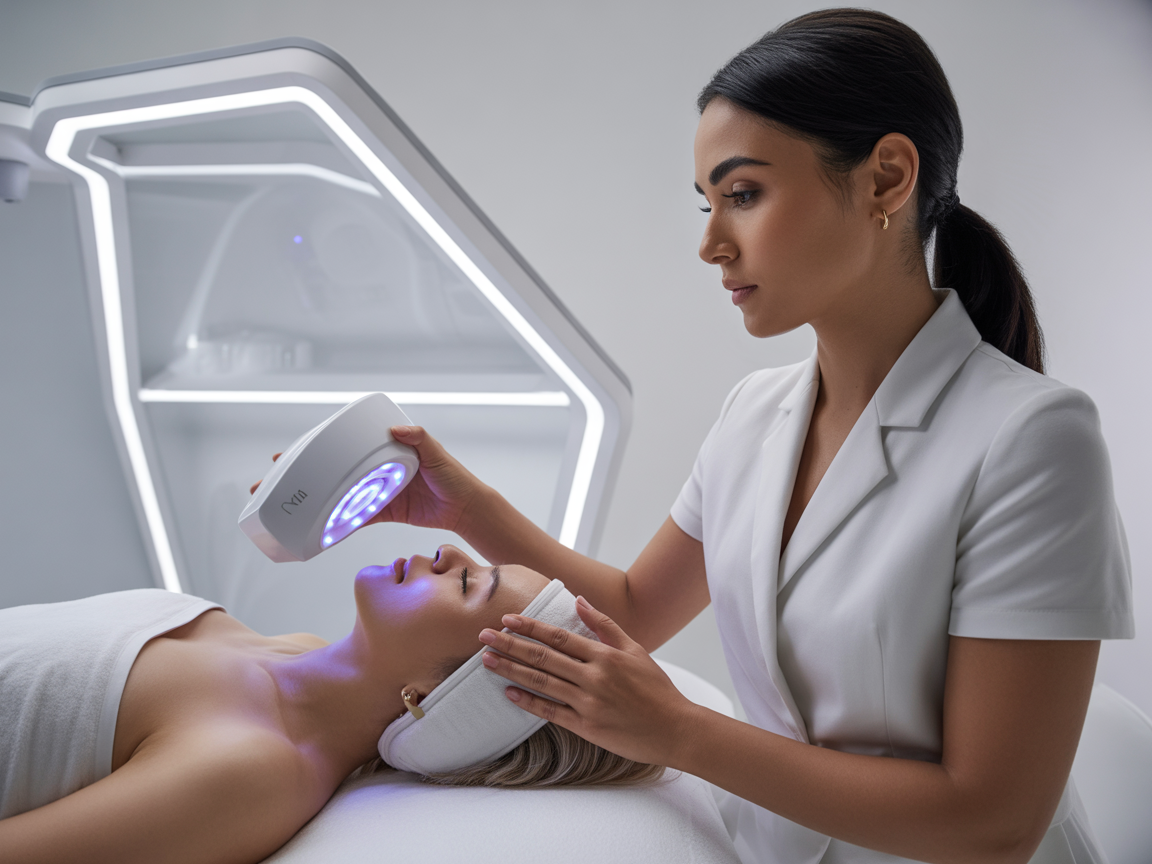
Skincare Trends and Innovations in 2025
AI-powered skincare apps have revolutionized personalization. With these technologies, your skin is monitored live so you can see how it changes with products, your personal habits, and your setting. Your routine gets personalized every day as the app uses data from hundreds of indicators.
These products use genetic data to find out which ingredients and conditions will suit your skin best. This gives you products designed for your biology to help, not hinder, your skin health.
Because experts have shown that overdoing exfoliation is bad for skin, minimalist routines are becoming popular. Minimalist skincare builds up your skin’s protective layer instead of breaking it down.
During skin fasting, you give your skin a rest by using only the most important products. By avoiding skincare for a while, your skin gets a chance to heal and rebalance, leading to better-looking and stronger skin.
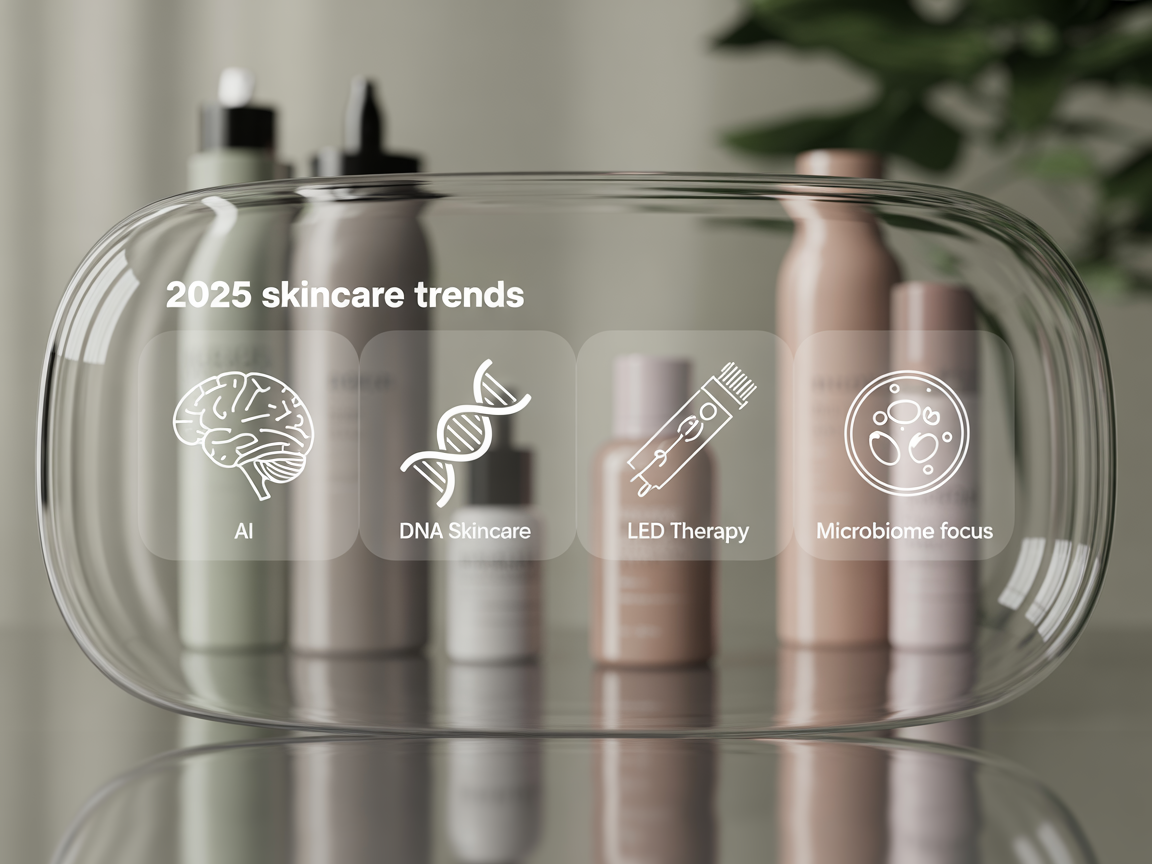
Clear Skin Myths to Stop Believing
- You need 10 steps for clear skin – Research now confirms that consistency with fewer, targeted products yields better results than complex routines. Most dermatologists in 2025 recommend 3-5 products maximum.
- Only teens get acne – Adult acne affects nearly 55% of women and 40% of men over 25. Hormonal, stress-related, and maskne are common types that emerge or persist in adulthood.
- Sunscreen causes breakouts – Modern formulations are designed specifically for acne-prone skin. Avoiding sun protection actually worsens hyperpigmentation and slows healing of existing breakouts.
- Natural = always better – Natural ingredients can be just as irritating as synthetic ones. Poison ivy is natural too! Effective skincare depends on formulation quality, not source.
- Pores open and close (they don’t!) – Pores don’t have muscles to open or close. Heat and steam can loosen debris, making extraction easier, but they don’t change pore size.
Frequently Asked Questions About Clear Skin
Can I get clear skin without expensive products?
Absolutely! Price doesn’t determine effectiveness. Many dermatologist-recommended brands offer affordable options with proven ingredients. Consistency matters more than cost. Sometimes, using fewer, affordable products is better than adding lots of expensive products that can clash or interfere with each other.
What’s the quickest way to get rid of acne?
For quicker results, put on a 2% salicylic acid solution, then follow with a non-comedogenic moisturizer, and resist the urge to pick your blemishes. Spot treatments with benzoyl peroxide can reduce inflammation overnight. For acne that doesn’t go away, make an appointment with a dermatologist who can prescribe medicines such as topical antibiotics or adapalene.
How long does it take to see real results?
You might not see any significant changes before 4-6 weeks have passed. Because your skin renews itself in about 28 days, you should give it a minimum of one full cycle to show any effects. Complete transformation can take 3-6 months of consistent care. Take progress photos monthly to track subtle improvements.
Are natural remedies effective in 2025?
Some natural ingredients have solid scientific backing. Tea tree oil has proven antimicrobial properties. Green tea reduces inflammation. Honey provides antimicrobial benefits. Because DIY remedies usually don’t have the right balance or protection, store-bought products are safer and more dependable.
Quick Comparison Table – Budget vs Premium Skincare Routines
| Step | Budget Option | Premium Option |
|---|---|---|
| Cleanser | CeraVe Foaming Cleanser | Dr. Barbara Sturm Cleanser |
| Treatment | The Ordinary Niacinamide | SkinCeuticals Phloretin CF |
| Moisturizer | Neutrogena Gel Cream | La Mer Soft Cream |
| Sunscreen | Eucerin Oil Control | Supergoop Unseen SPF 40 |
Latest News in Skincare Research
The launch of Harvard’s microbiome-based cream has formed an entirely different category in skincare. This new method helps your skin’s bacterial ecosystem thrive, instead of trying to get rid of bacteria. Research done so far has revealed significant improvements in skin conditions linked to inflammation after using the cream for just two weeks.
New EU guidelines for retinol products cover both the concentration and how they should be labeled. All products are now required to show their retinol concentration and to include photosensitivity warnings. This helps buyers select retinoid products with the right information for safe use.
In 2025, top biotech skincare companies are using lab-created ingredients that work like natural ones and have a lower environmental footprint. These eco-friendly alternatives sometimes do a better job and remain effective, all while helping to use fewer resources.
Having beautiful skin in 2025 doesn’t mean you need to spend a lot or stick to a very involved routine. For the best results, use targeted ingredients, use them consistently, and support your skin’s health from the inside with good habits. Clear skin is something you build over time, so even those who seem to have it all maintain their look with ongoing daily practices.
Clear skin starts with consistency, not complexity. Practice a basic routine that’s easy for you to keep up every day, instead of following a complicated plan you won’t stick with. Quality and consistent use of good ingredients always outdo treating your skin just once in a while, no matter how technical the product is.
You don’t always need lots of products to see good results on your skin. Over-treating your skin disrupts its natural barrier and microbiome. Formulations today have high concentrations and give results with just a little product.
Choose products that feature ingredients like retinal, niacinamide, and azelaic acid, because these work on multiple problems at the same time. In 2025, skincare innovations are designed to support the skin’s own processes, not to opposes them.
The effects of topical products are limited, but good lifestyle changes can really boost results. Staying hydrated, lowering stress, having good sleep, and eating well are the keys for healthy skin from within.
Are there any of these clear skin tips you use regularly? Have you noticed improvements since implementing any particular strategy? Share your experience in the comments below!
Found this guide helpful? Hand this advice over to your friends who are having similar problems with their skin. Clear and healthy skin is achievable if you use the proper methods!
